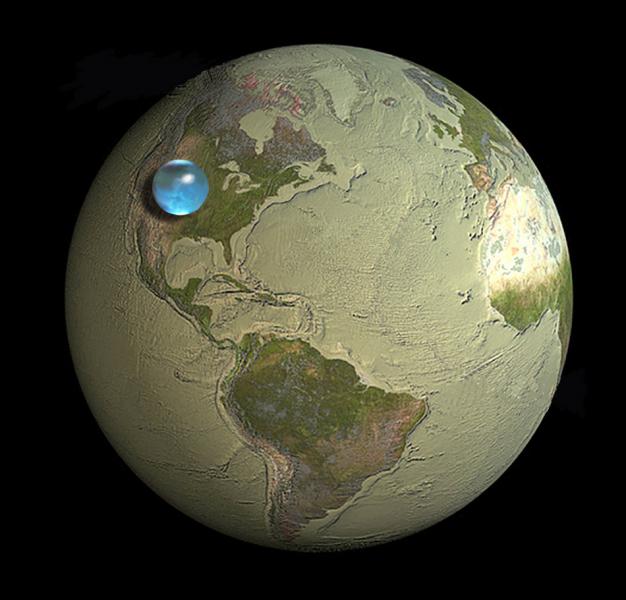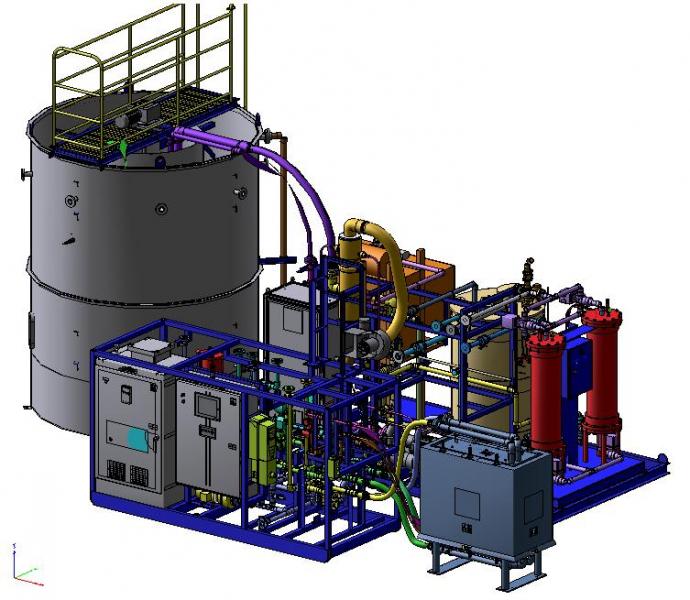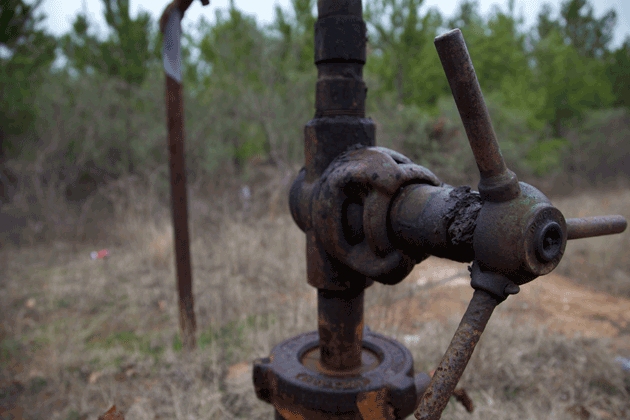
(CLICK ON IMAGE TO ENLARGE)
Picture of Earth showing if all Earth's water (liquid, ice, freshwater, saline) was put into a sphere it would be about 860 miles (about 1,385 kilometers) in diameter. Diameter would be about the distance from Salt Lake City, Utah to Topeka, Kansas, USA.
Credit: Illustration by Jack Cook, Woods Hole Oceanographic Institution; Howard Perlman, USGS.
submitted by Samuel Bendett
Homeland Security News Wire - May 9, 2012
Very little of Earth’s water is usable in everyday life; about 96 percent of water on Earth is saline; of the total freshwater, over 68 percent is locked up in ice and glaciers; another 30 percent of freshwater is in the ground; rivers are the source of most of the fresh surface water people use, but they only constitute about 300 mi3 (1,250 km3), about 1/10,000th of one percent of total water
How much water exists on, in, and above Earth?



 NTU places water research in the forefront // Source: ntu.edu.sg
NTU places water research in the forefront // Source: ntu.edu.sg Image: NTBC 3D rendering
Image: NTBC 3D rendering
 submitted by Lou Elin Dwyer
submitted by Lou Elin Dwyer


Recent Comments